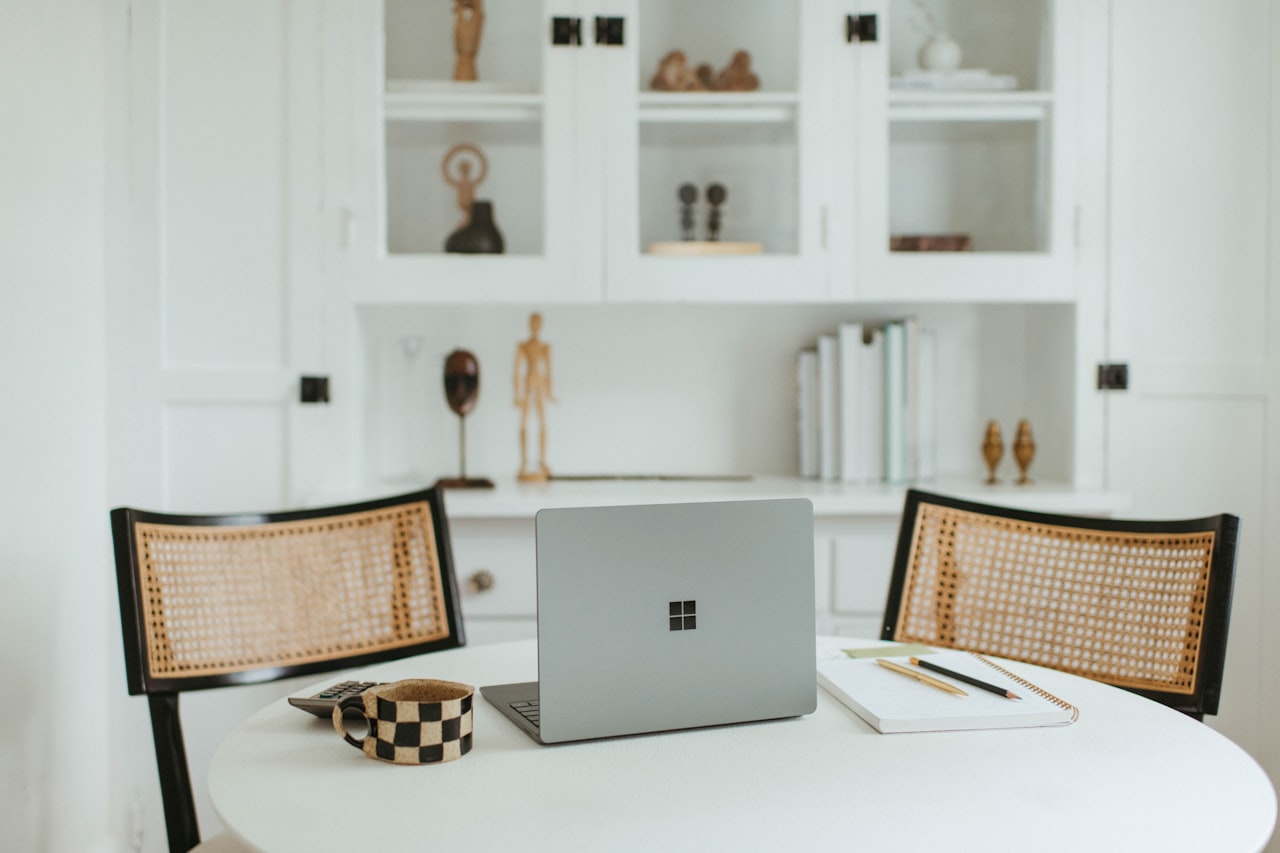Sustainability is no longer just a trend—it’s a way of life. As more homeowners prioritize eco-conscious choices, sustainable design has become an essential consideration for creating spaces that are both beautiful and environmentally responsible. From energy efficiency to the use of recycled materials, incorporating sustainable elements into your home not only benefits the planet but also enhances your quality of life. Here are the latest sustainable design trends to inspire your next home improvement project.
Energy-Efficient Homes
Energy efficiency is at the forefront of sustainable design, with advancements that make reducing energy consumption easier than ever.
- Solar Power: Solar panels continue to grow in popularity as a renewable energy source. Modern designs integrate panels seamlessly into the architecture, blending functionality with aesthetic appeal.
- Smart Thermostats: Devices like programmable and smart thermostats optimize energy usage, ensuring your home stays comfortable while reducing waste.
- High-Performance Windows: Double- or triple-pane windows with low-emissivity coatings improve insulation, keeping your home warm in the winter and cool in the summer.
Energy-efficient homes not only reduce utility bills but also contribute to a lower carbon footprint.
Sustainable Materials
The choice of materials in your home plays a significant role in its overall sustainability. Modern trends focus on materials that are renewable, recycled, or responsibly sourced.
- Reclaimed Wood: From flooring to furniture, reclaimed wood adds character and reduces the demand for new timber.
- Recycled Metal and Glass: These materials are being repurposed into everything from countertops to decorative accents, offering durability and style.
- Natural Fibers: Bamboo, cork, and wool are popular for flooring, furniture, and textiles, providing a warm and organic aesthetic.
Incorporating sustainable materials helps reduce waste while creating unique, timeless designs.
Water Conservation Features
As water scarcity becomes a pressing global issue, incorporating water-saving features into your home is both practical and responsible.
- Low-Flow Fixtures: Faucets, showerheads, and toilets with low-flow technology significantly reduce water consumption without sacrificing performance.
- Rainwater Harvesting Systems: Collecting rainwater for outdoor irrigation or household use is an effective way to conserve resources.
- Drought-Resistant Landscaping: Native plants and xeriscaping minimize the need for irrigation, keeping outdoor spaces beautiful while saving water.
These features ensure that your home contributes to water conservation efforts without compromising functionality.
Biophilic Design
Biophilic design emphasizes the connection between indoor spaces and nature, creating environments that promote well-being.
- Indoor Plants: Incorporating greenery into your home not only enhances aesthetics but also improves air quality and reduces stress.
- Natural Light: Large windows, skylights, and open floor plans maximize daylight, reducing the need for artificial lighting.
- Organic Shapes and Textures: Furniture and décor inspired by natural forms add a sense of harmony to interiors.
This design approach fosters a deeper connection to nature, benefiting both physical and mental health.
Smart Home Technology
Integrating smart technology into your home is a practical way to enhance sustainability. These systems optimize resource usage and provide convenience.
- Energy Monitoring Systems: Devices that track your energy consumption help identify areas for improvement, ensuring efficient use of resources.
- Smart Lighting: LED bulbs paired with smart controls allow you to manage lighting schedules and brightness, reducing electricity usage.
- Automated Shading Systems: Motorized blinds or curtains adjust based on the time of day, improving energy efficiency by maintaining optimal indoor temperatures.
Smart home technology makes it easier to live sustainably while enhancing everyday comfort.
Green Roofs and Living Walls
Green roofs and living walls are innovative design elements that bring nature to urban and suburban homes alike.
- Green Roofs: Installing vegetation on your roof improves insulation, reduces stormwater runoff, and provides a natural habitat for wildlife.
- Living Walls: Vertical gardens add visual interest and improve indoor air quality, making them a popular choice for both interiors and exteriors.
These features merge sustainability with aesthetics, creating spaces that are both functional and visually striking.
Net-Zero Homes
Net-zero homes represent the pinnacle of sustainable living, designed to produce as much energy as they consume.
- Passive Design Strategies: Techniques like strategic window placement and proper insulation minimize energy use.
- Renewable Energy Sources: Solar panels, wind turbines, and geothermal systems generate clean energy for the home.
- Energy Storage Systems: Advanced battery systems store excess energy, ensuring a consistent power supply even during outages.
While achieving net-zero status requires an upfront investment, the long-term benefits include lower energy bills and reduced environmental impact.
Recycling and Waste Management Solutions
Incorporating efficient recycling and waste management systems into your home is a simple yet impactful way to embrace sustainability.
- Recycling Centers: Dedicated areas for sorting recyclables make it easier to stay organized and reduce landfill waste.
- Compost Bins: Kitchen composting systems simplify the process of turning food scraps into nutrient-rich soil.
- Waste Reduction Strategies: Reusable storage containers, cloth napkins, and refillable cleaning products reduce single-use items in the home.
These practices align with eco-friendly living while reducing your household’s overall environmental footprint.
Sustainable design is about more than just aesthetics—it’s a commitment to creating homes that respect the planet while enhancing the lives of their occupants. By embracing trends like energy efficiency, biophilic design, and eco-friendly materials, you can create a space that reflects your values and stands the test of time.
About Jennifer Stuckey
For a seamless and stress-free real estate experience in the North Denver area, work with Jennifer Stuckey. Offering concierge-style services, Jennifer manages vendors and contractors, saving you time and minimizing disruptions to your schedule.
Inspired by her own moving experiences, she focuses on reducing stress for her clients. Contact Jennifer Stuckey today for expert real estate guidance and to find your perfect home in Westminster, CO. Search homes for sale in Westminster here.
Inspired by her own moving experiences, she focuses on reducing stress for her clients. Contact Jennifer Stuckey today for expert real estate guidance and to find your perfect home in Westminster, CO. Search homes for sale in Westminster here.
























































































